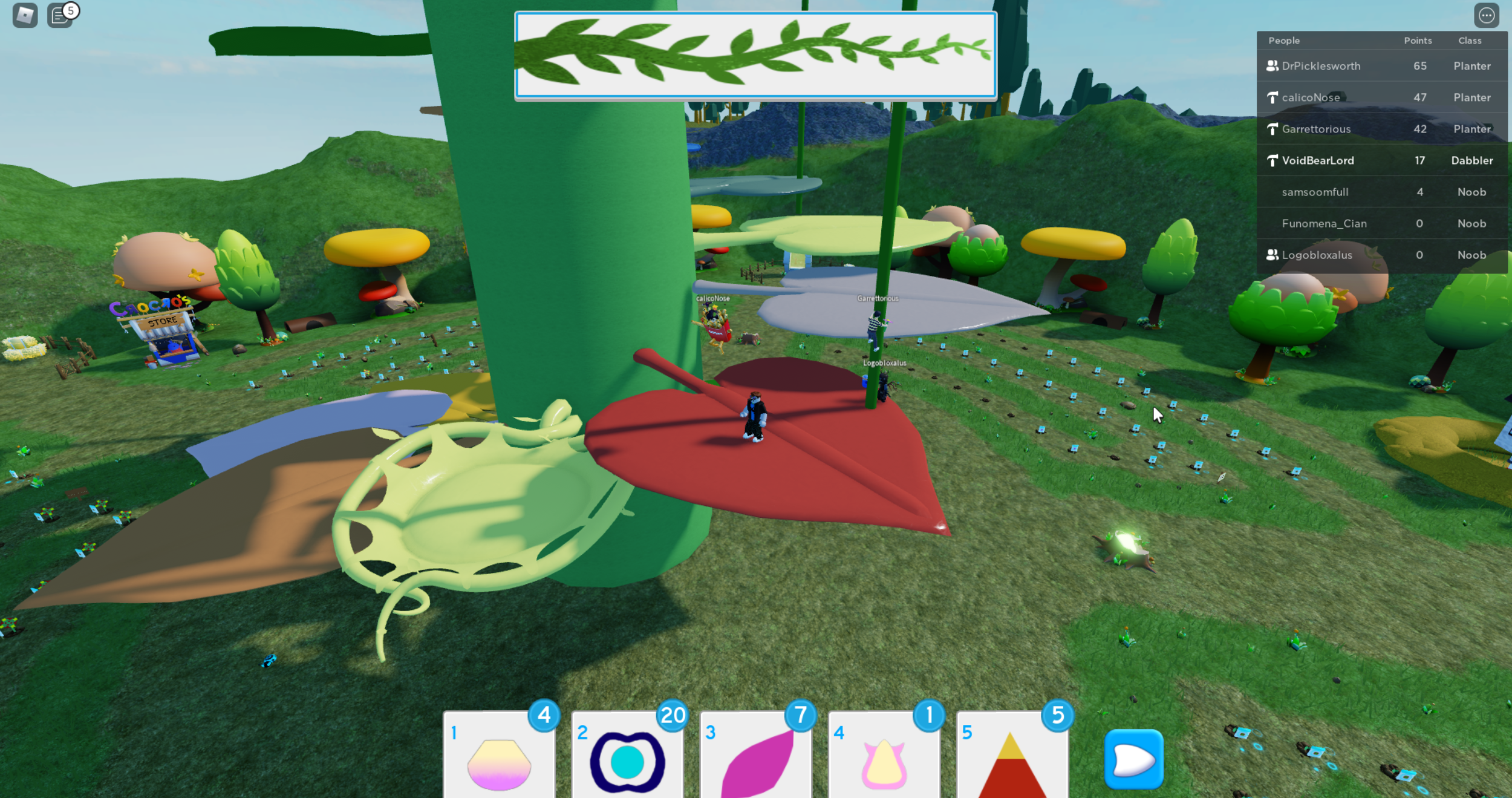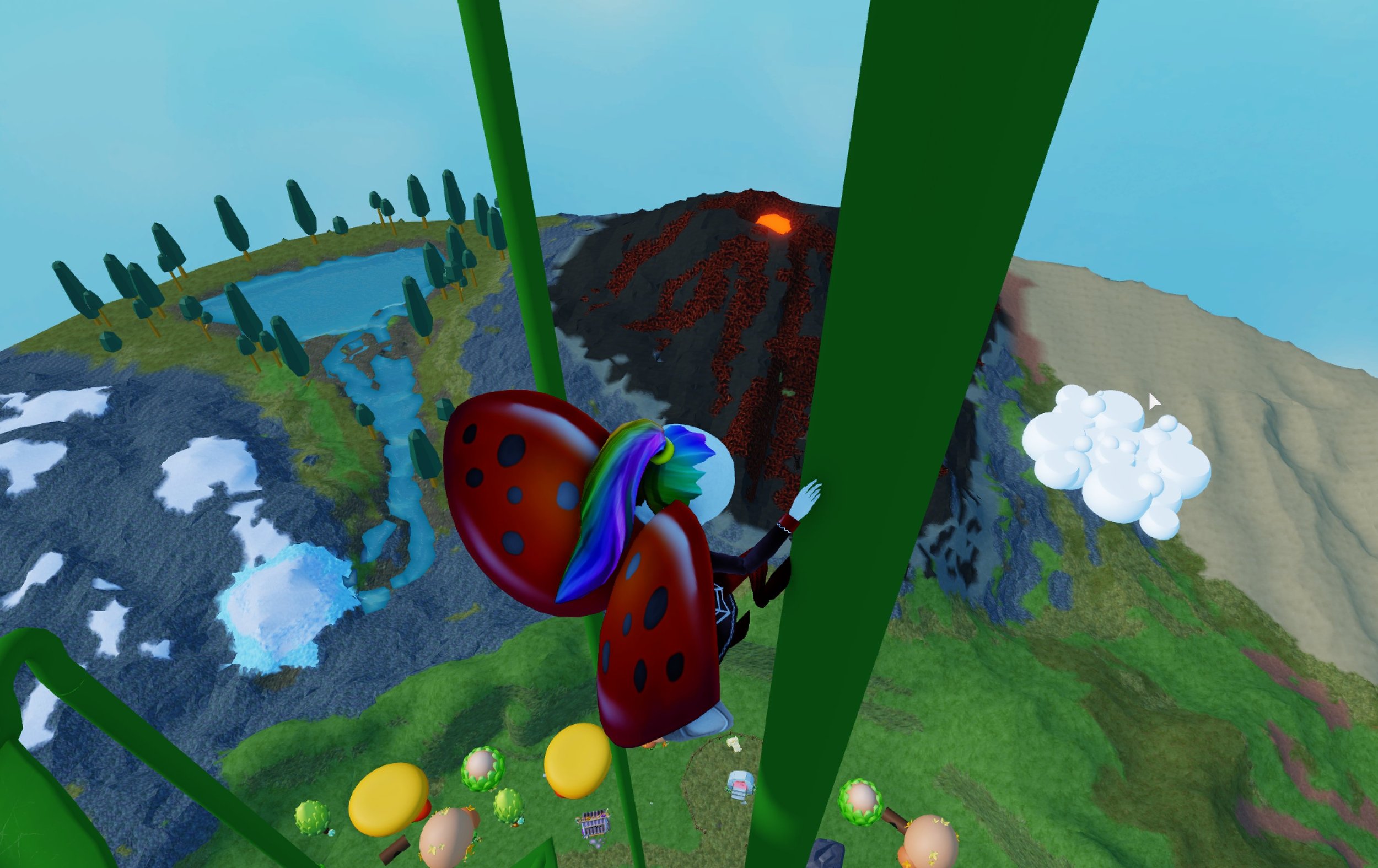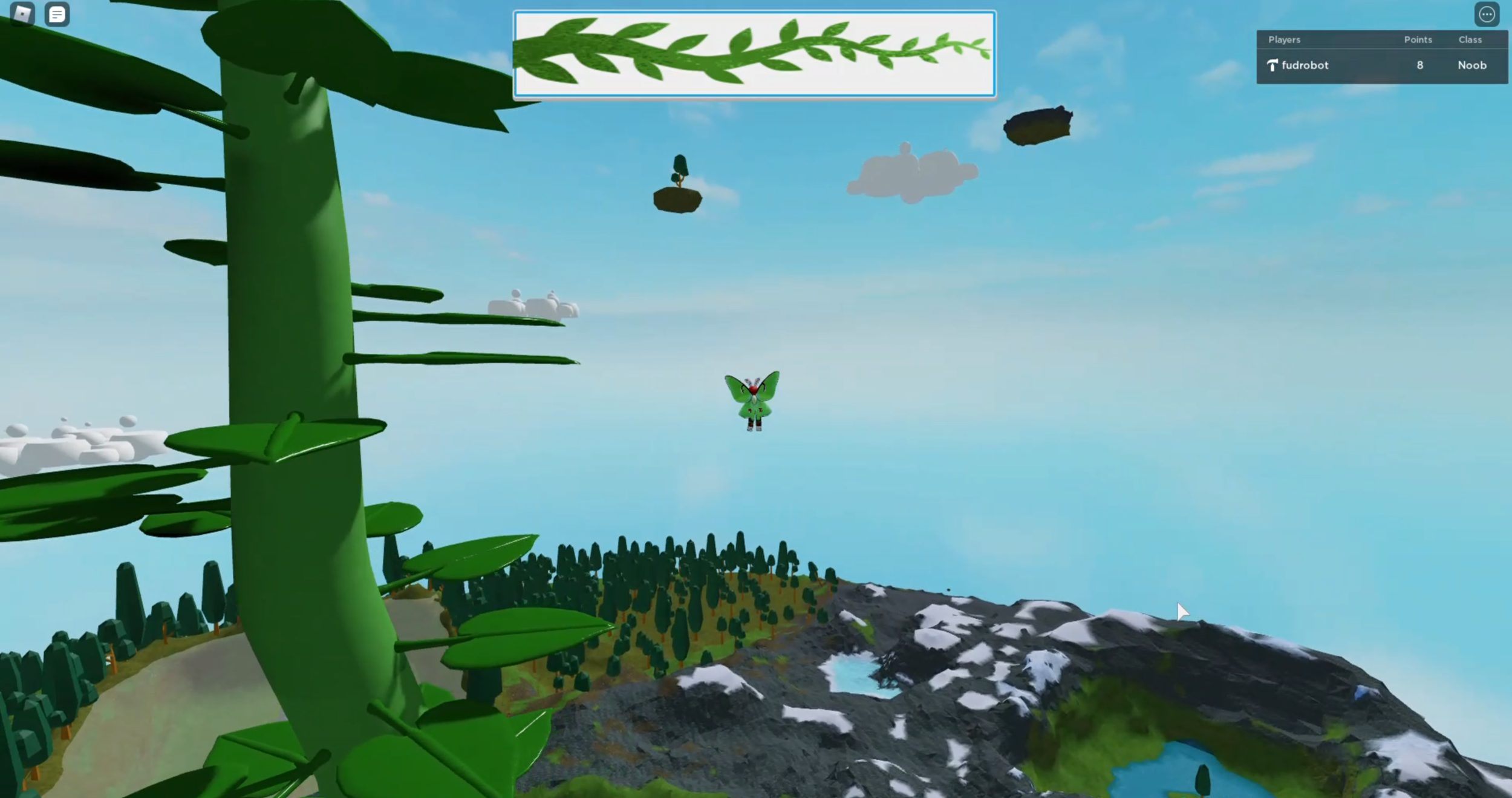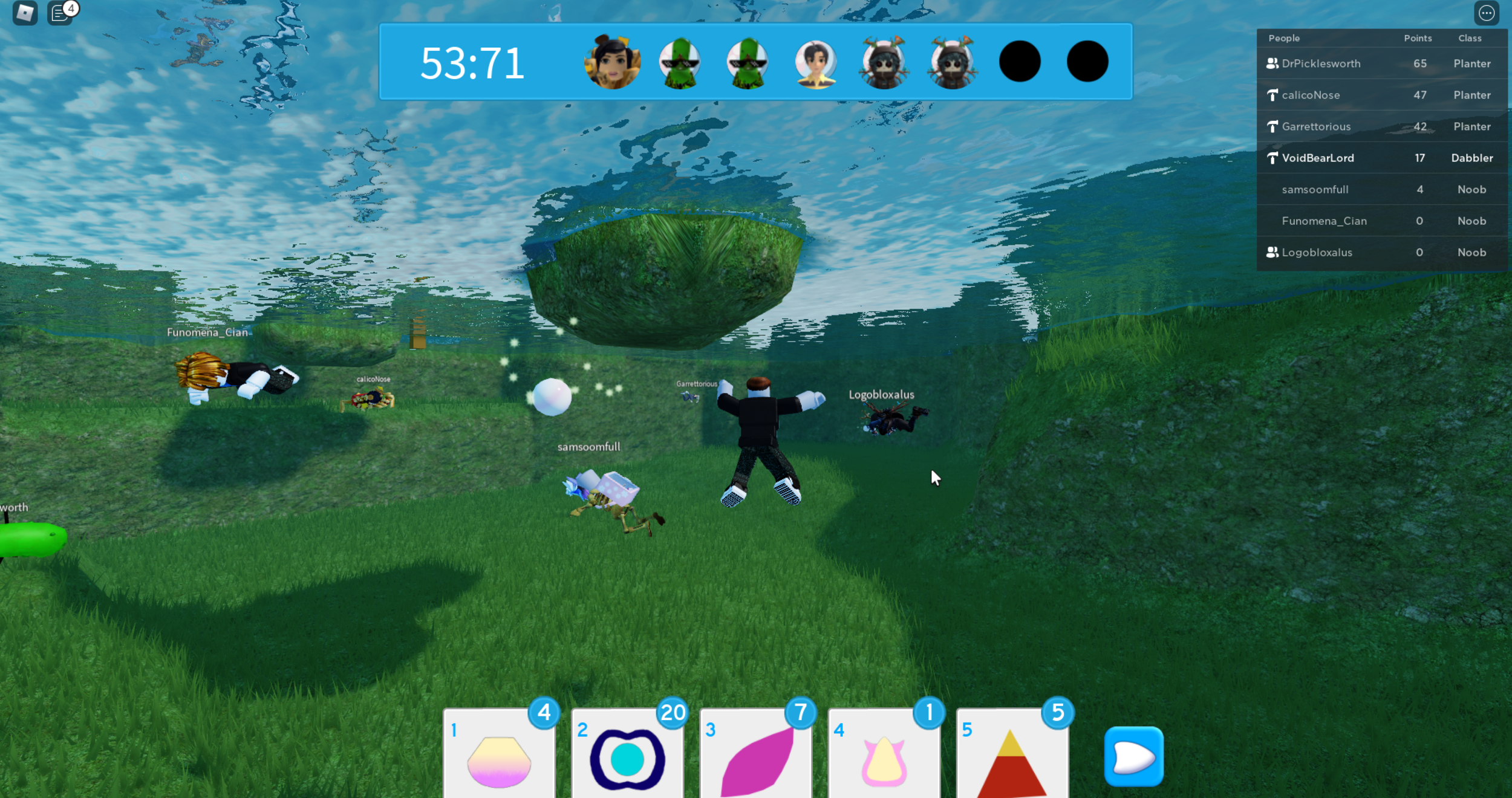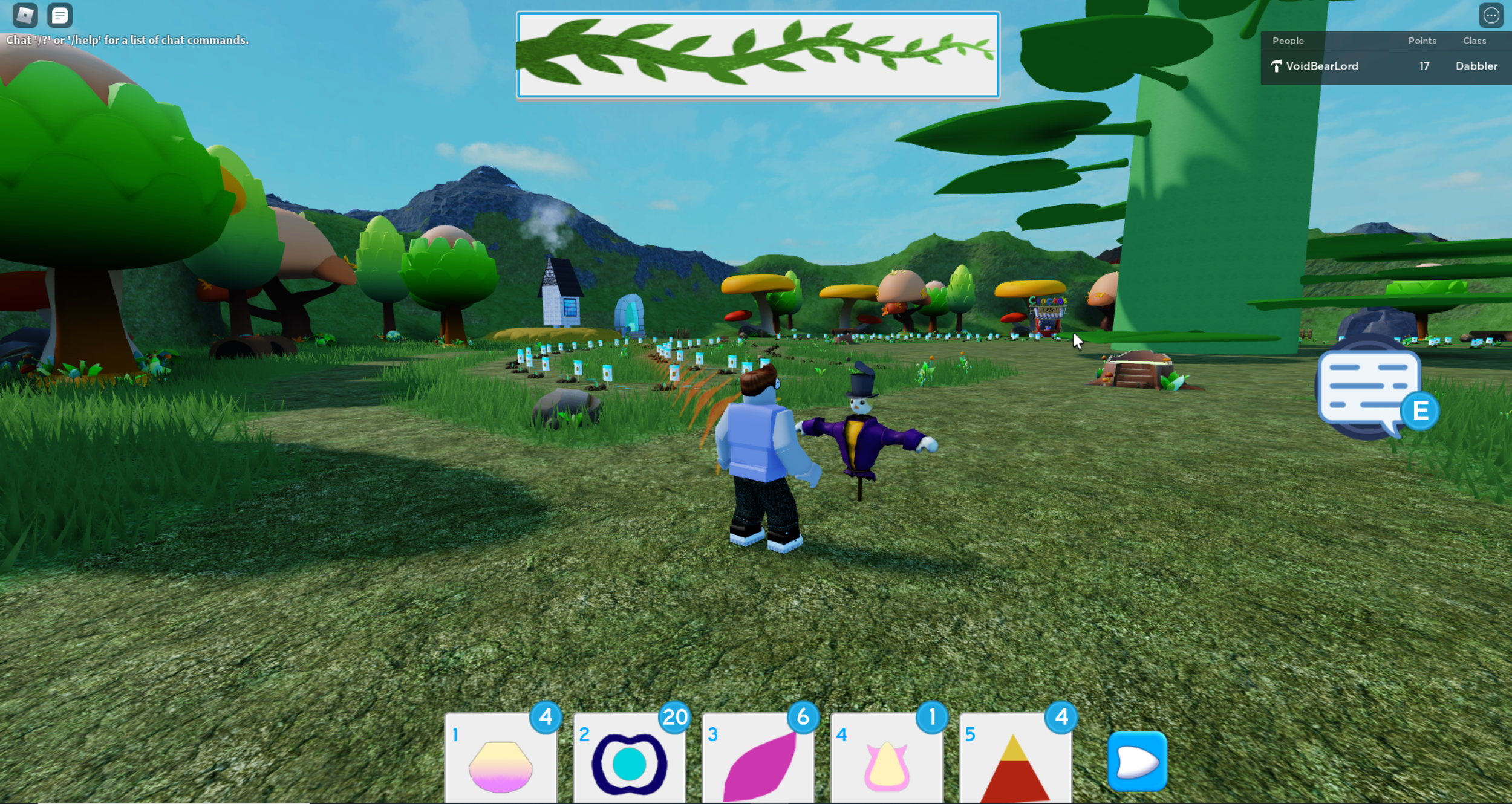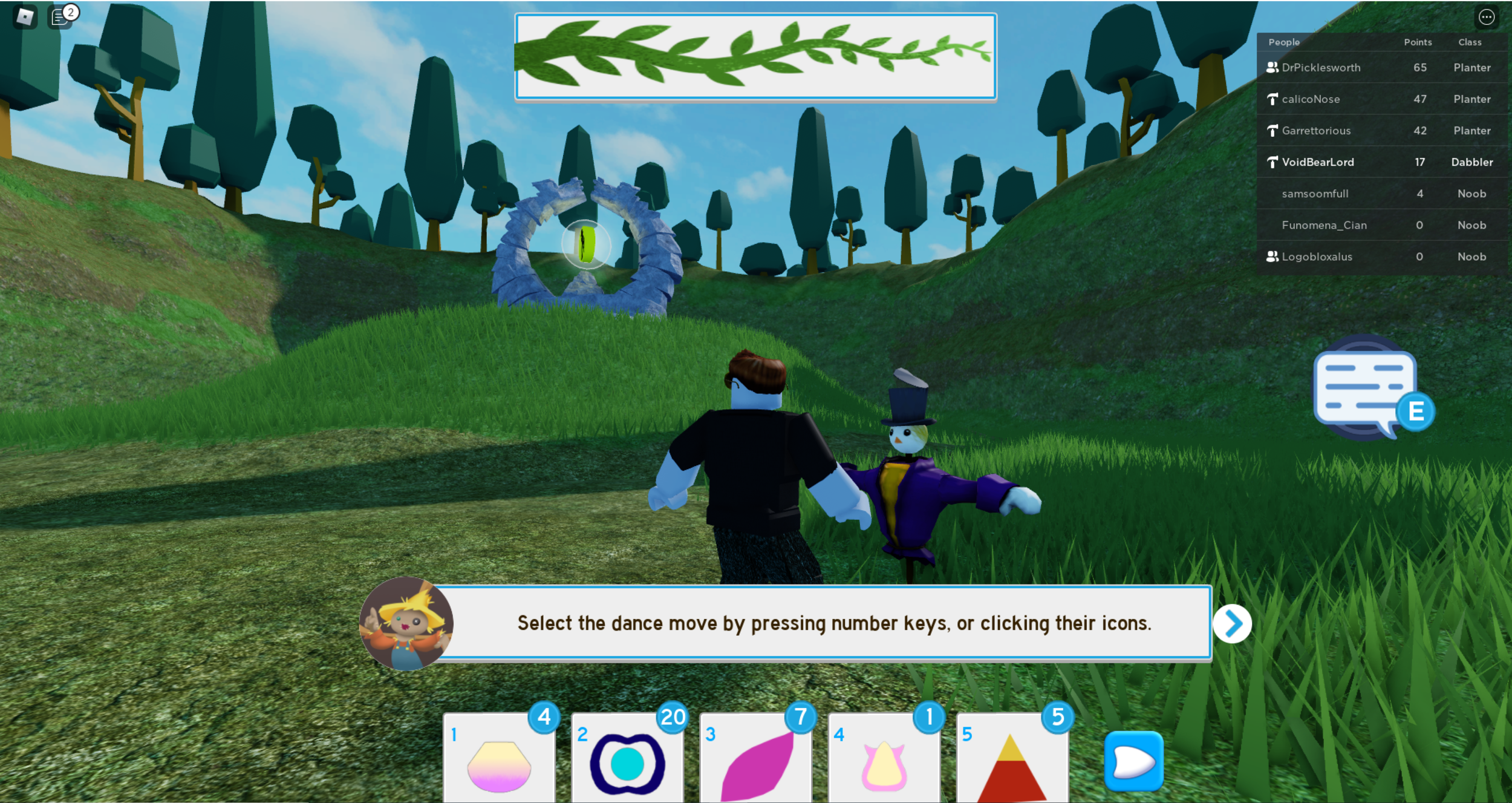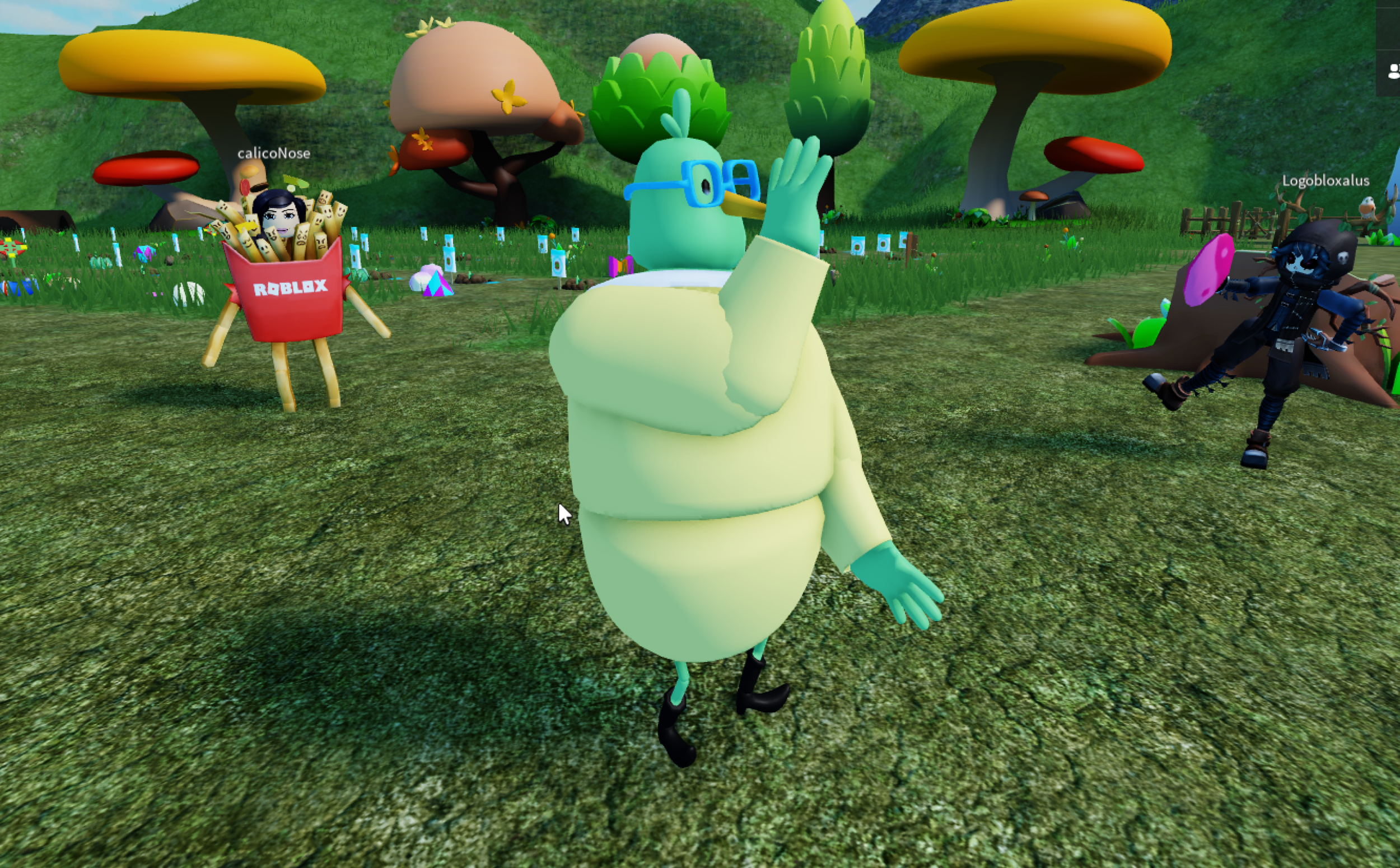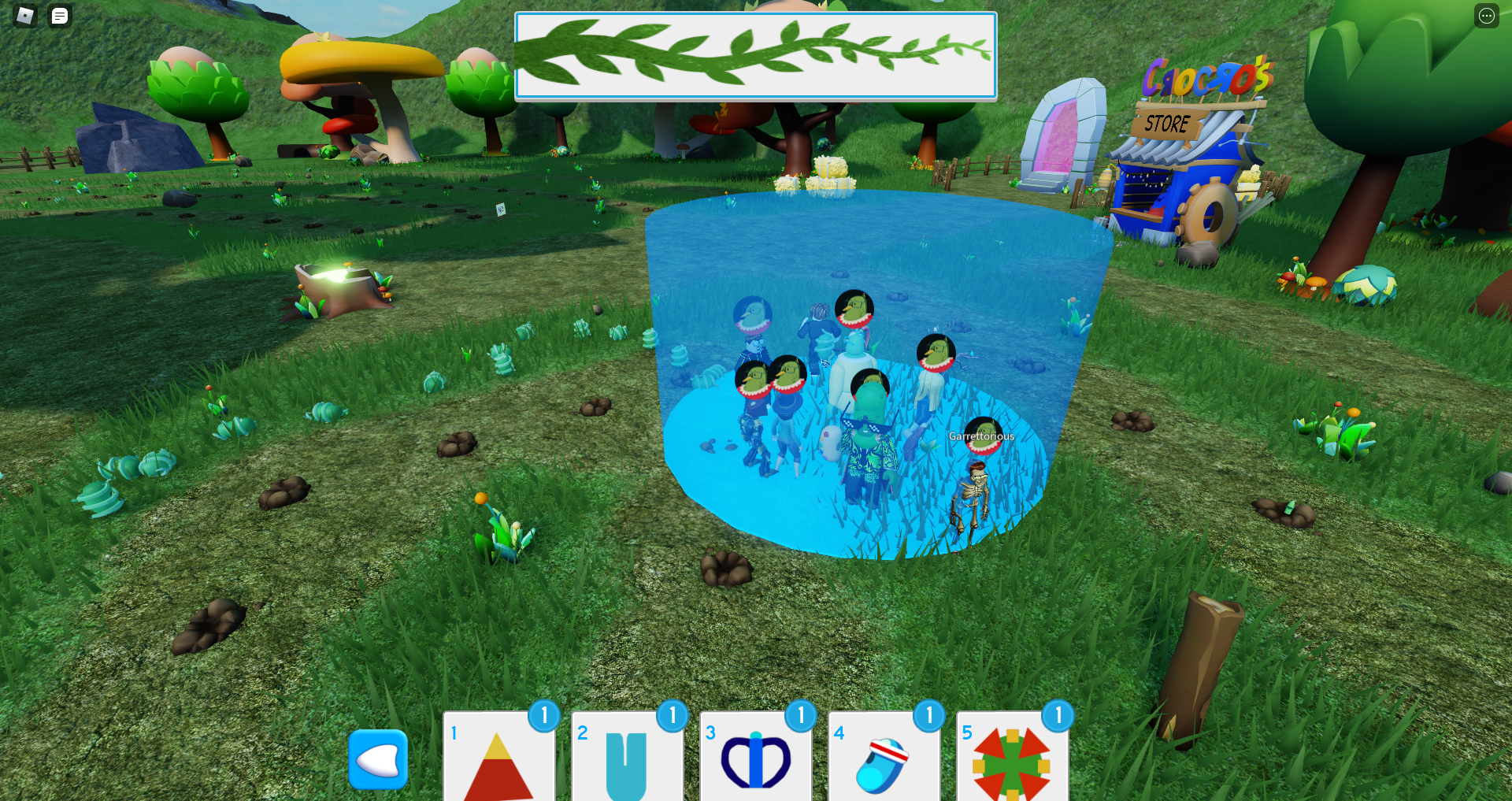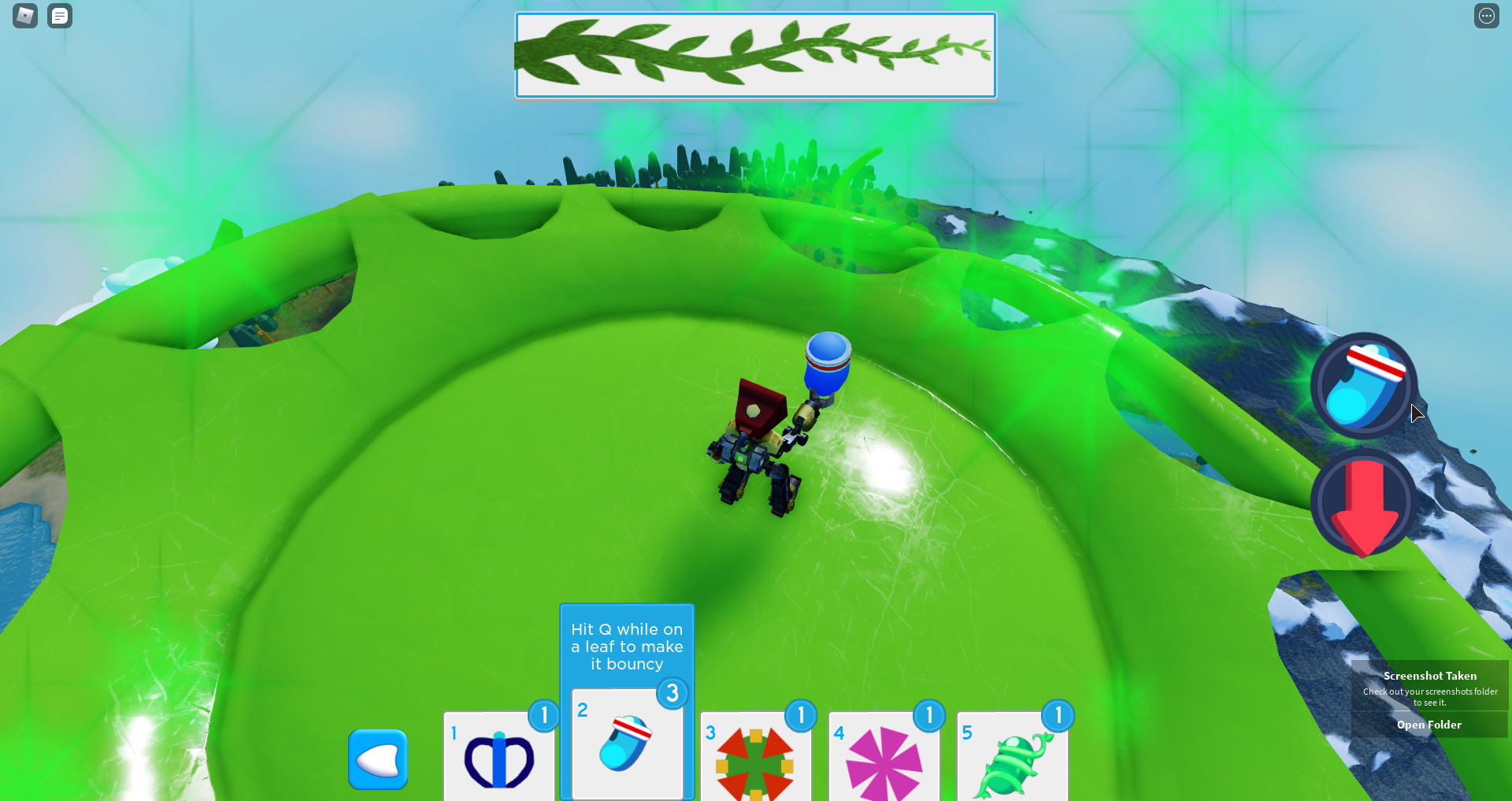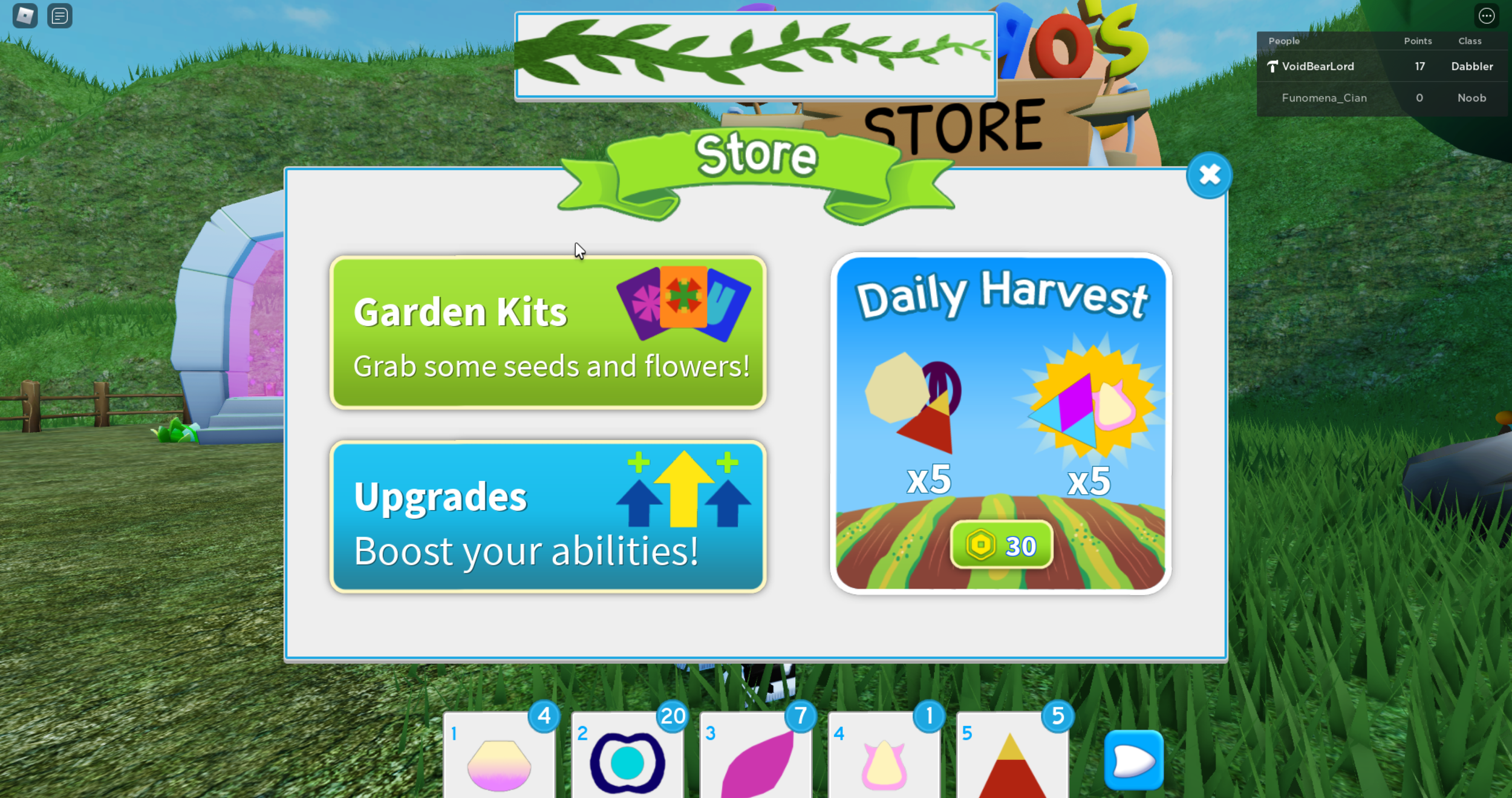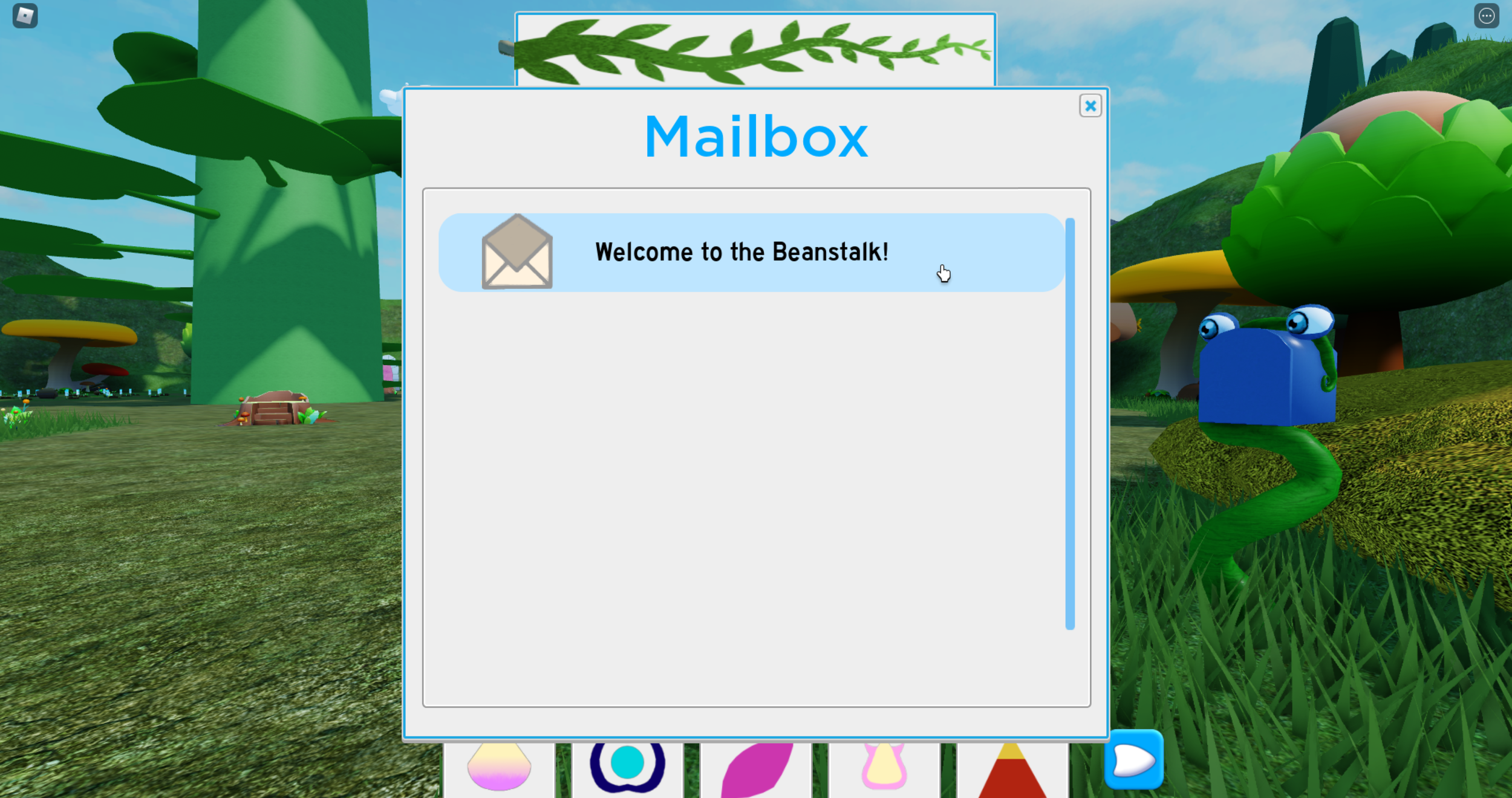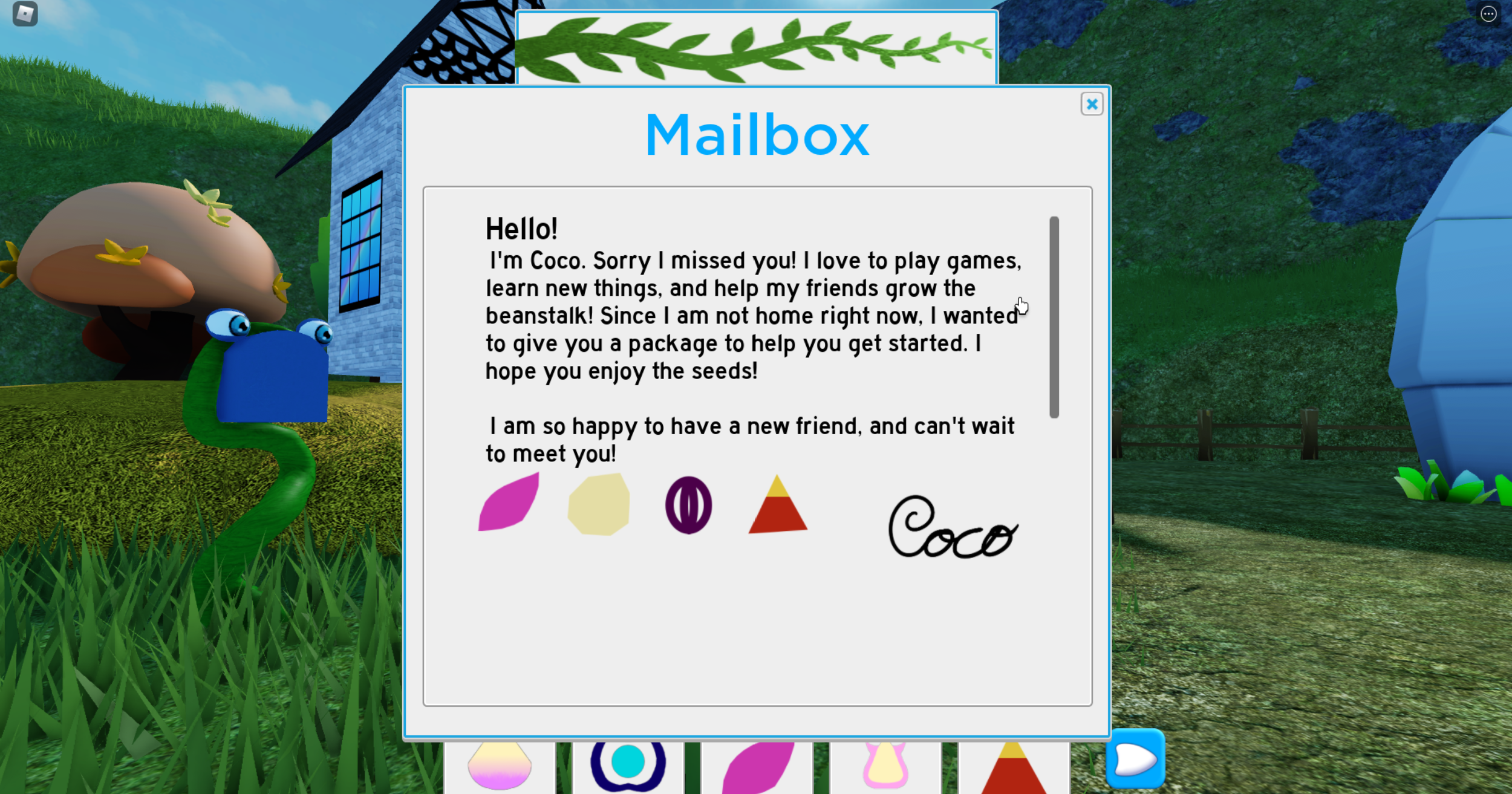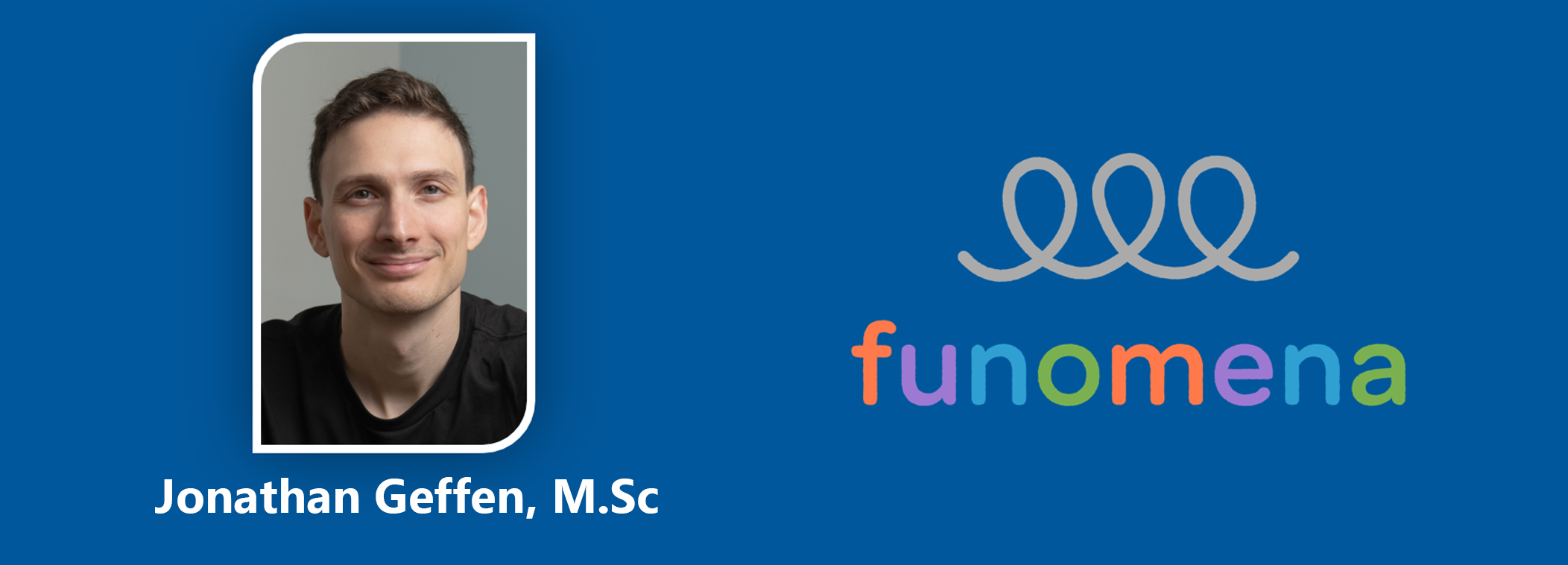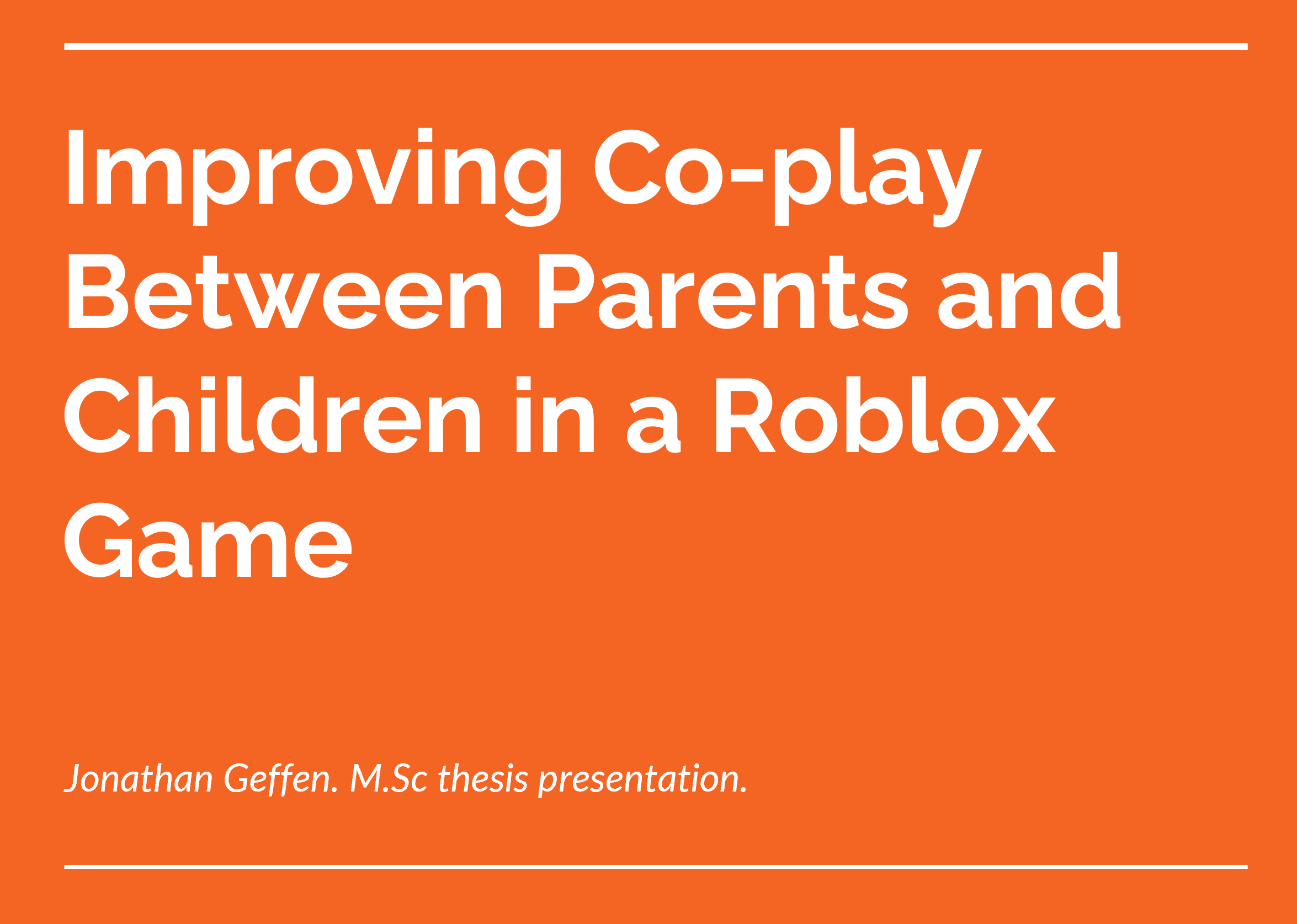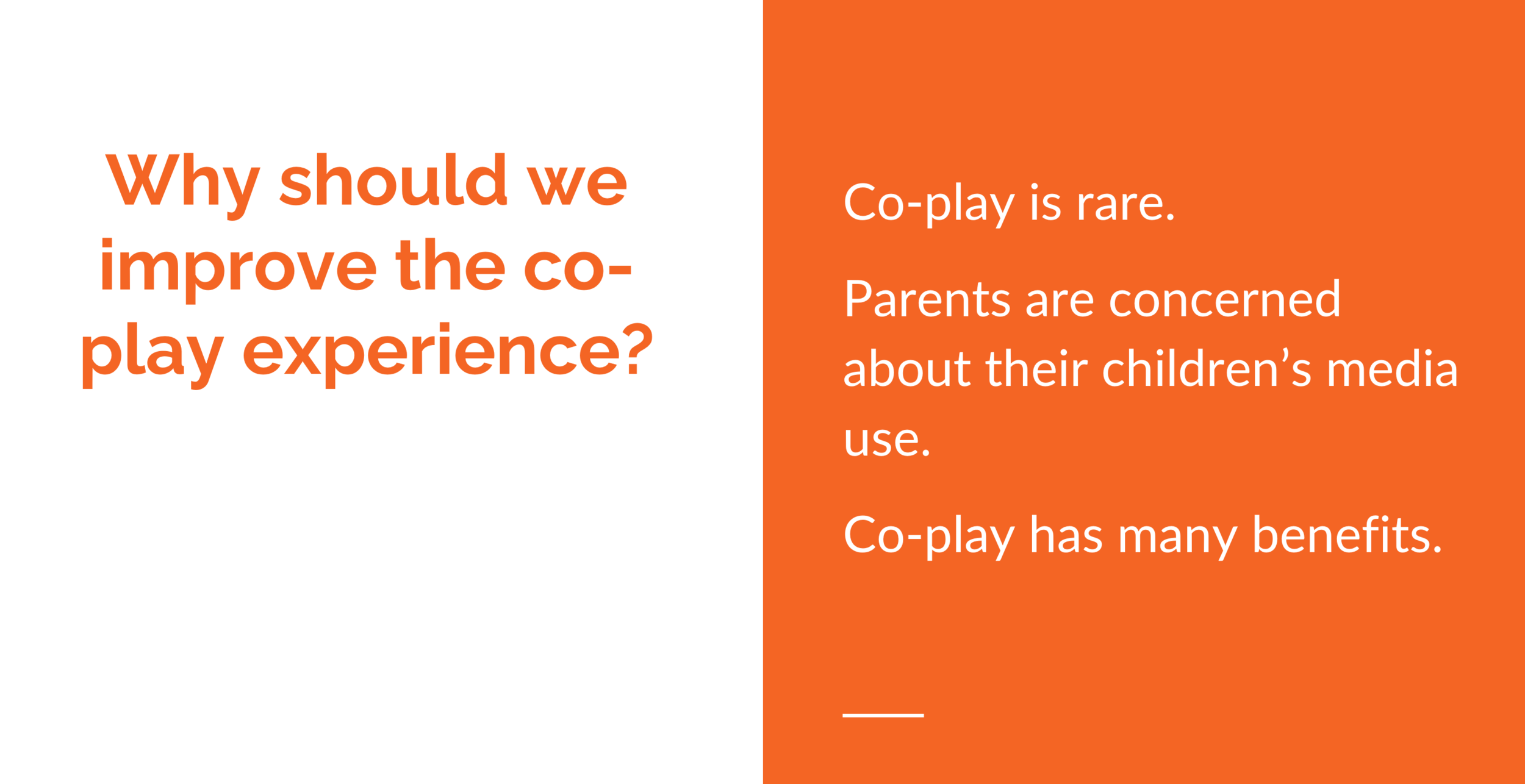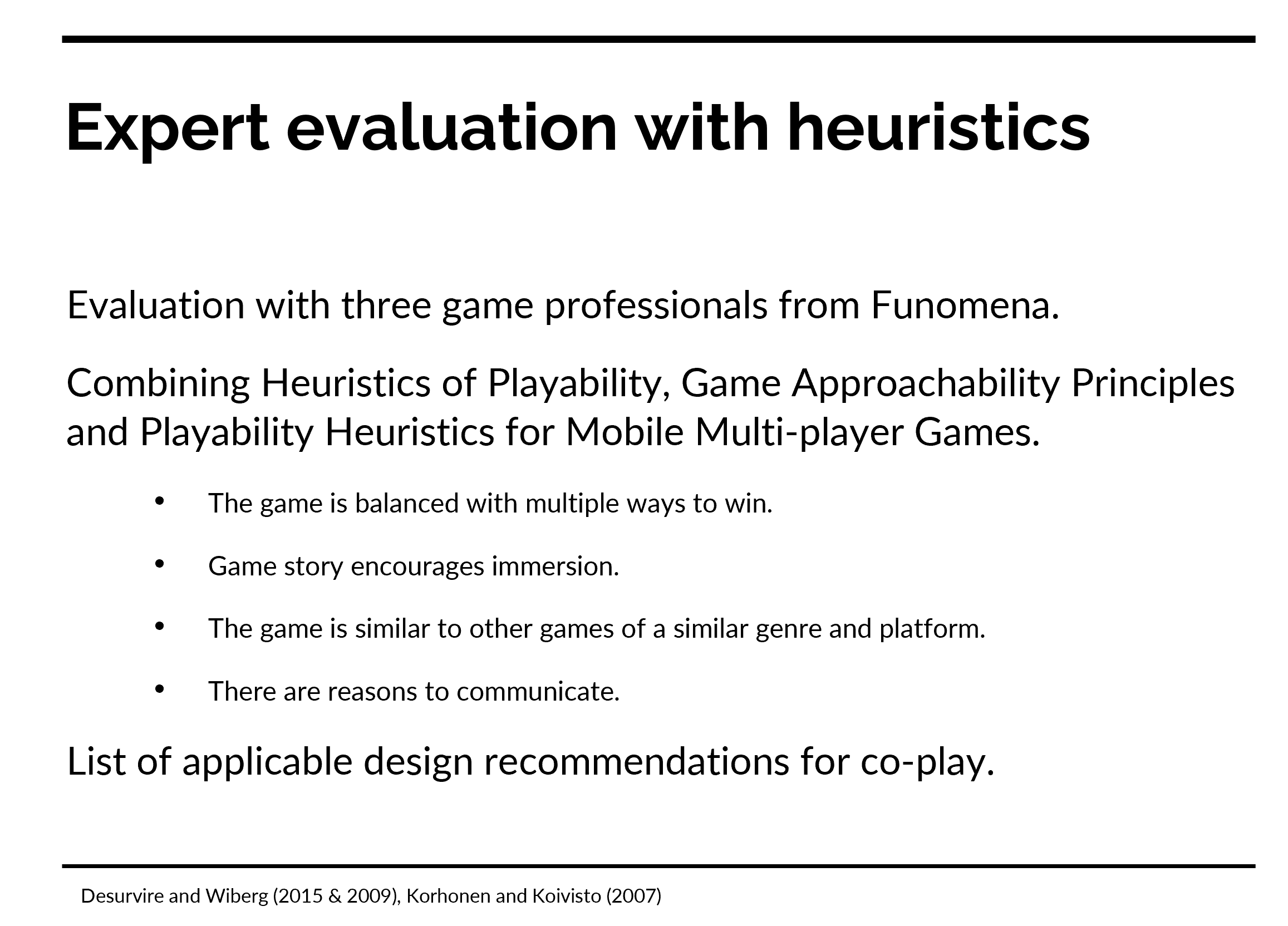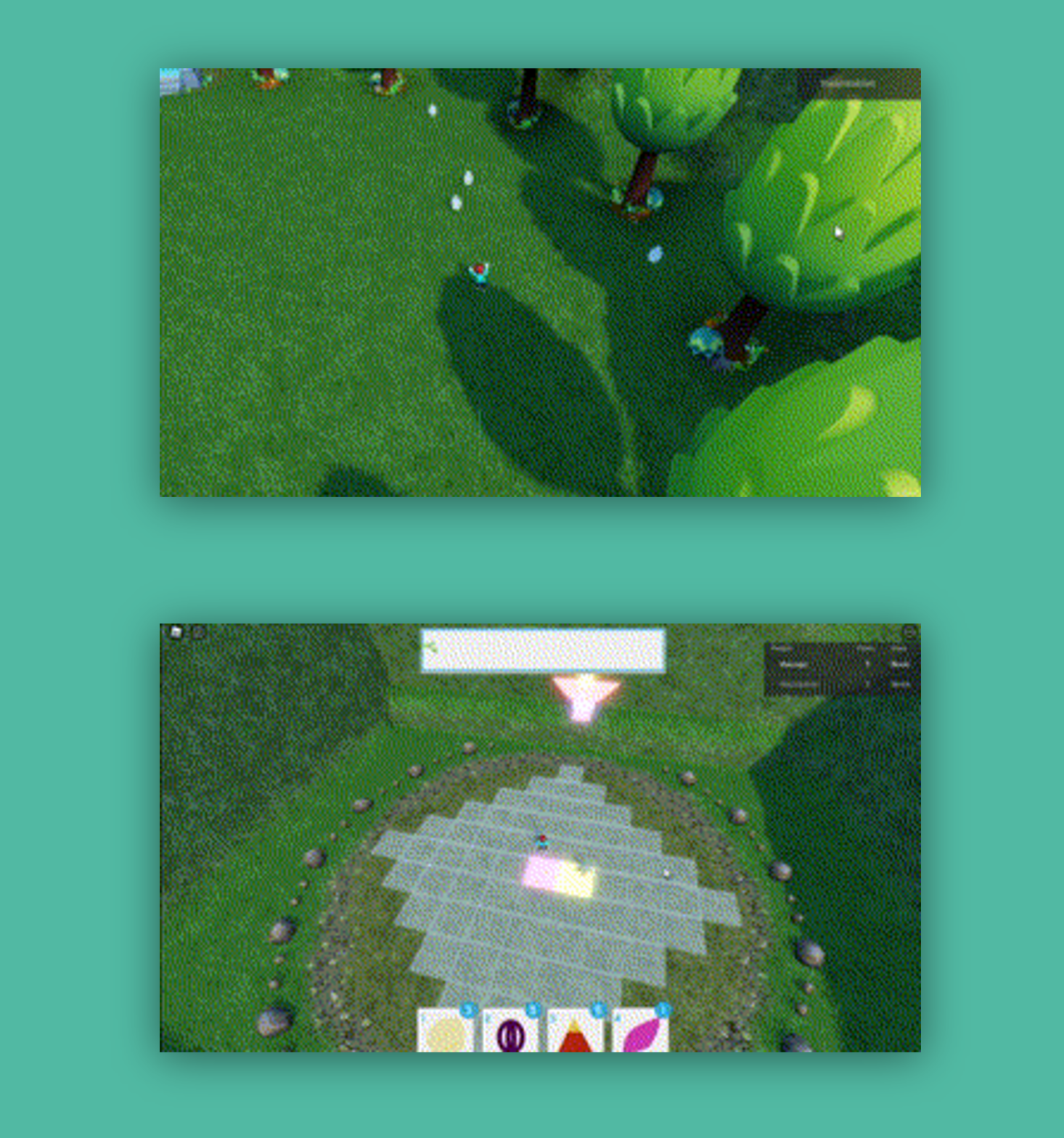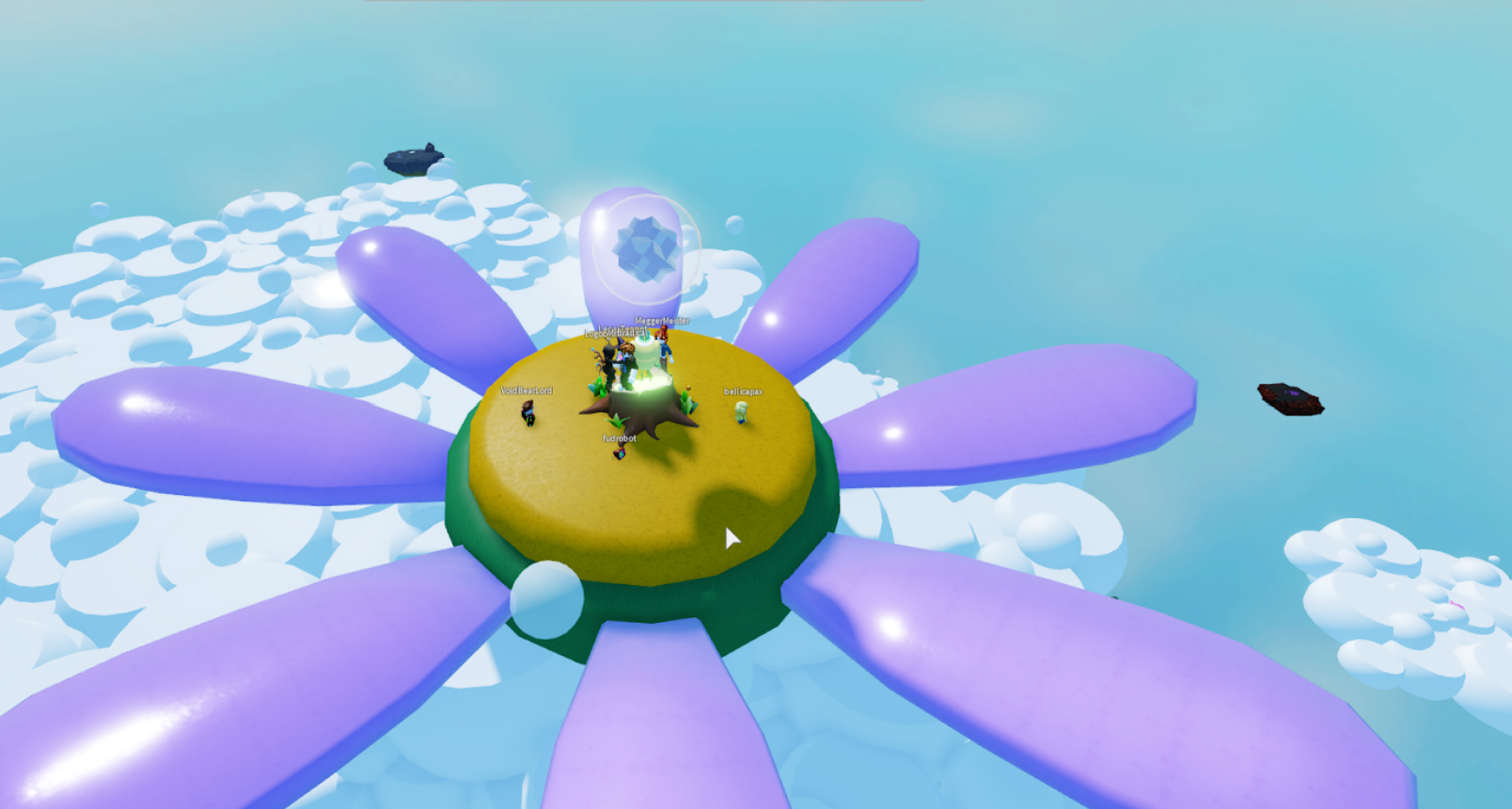Funomena's Roblox R&D Recap: Project Magic Beanstalk
/Hello Internet! The R&D team at Funomena, FunomenaLabs, has been working in Roblox to build our capabilities in designing and developing unique content across platforms. While we have unannounced partnerships going on behind the scenes, we’d like to recap our R&D project that started it all last year, Magic Beanstalk!
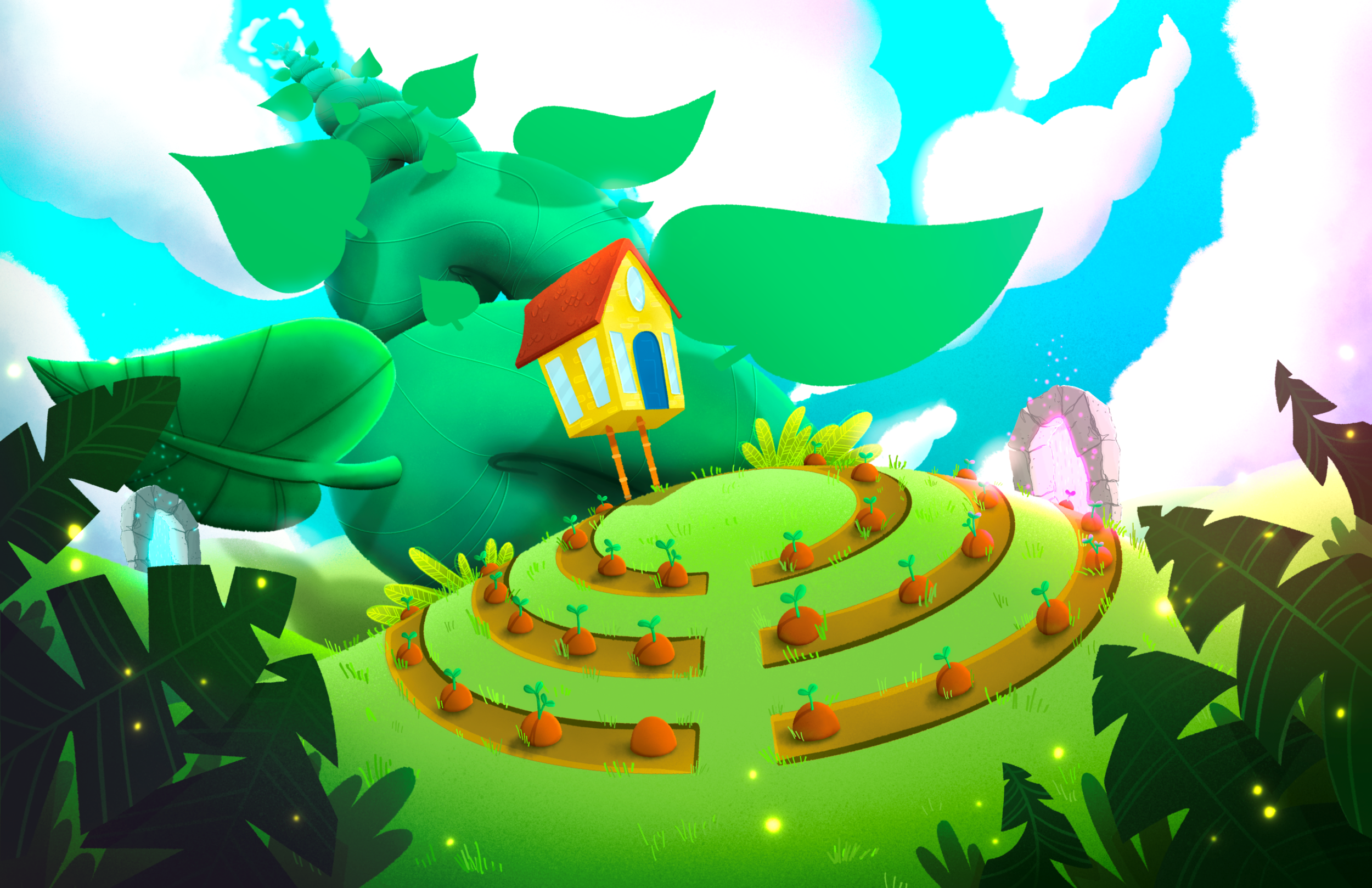

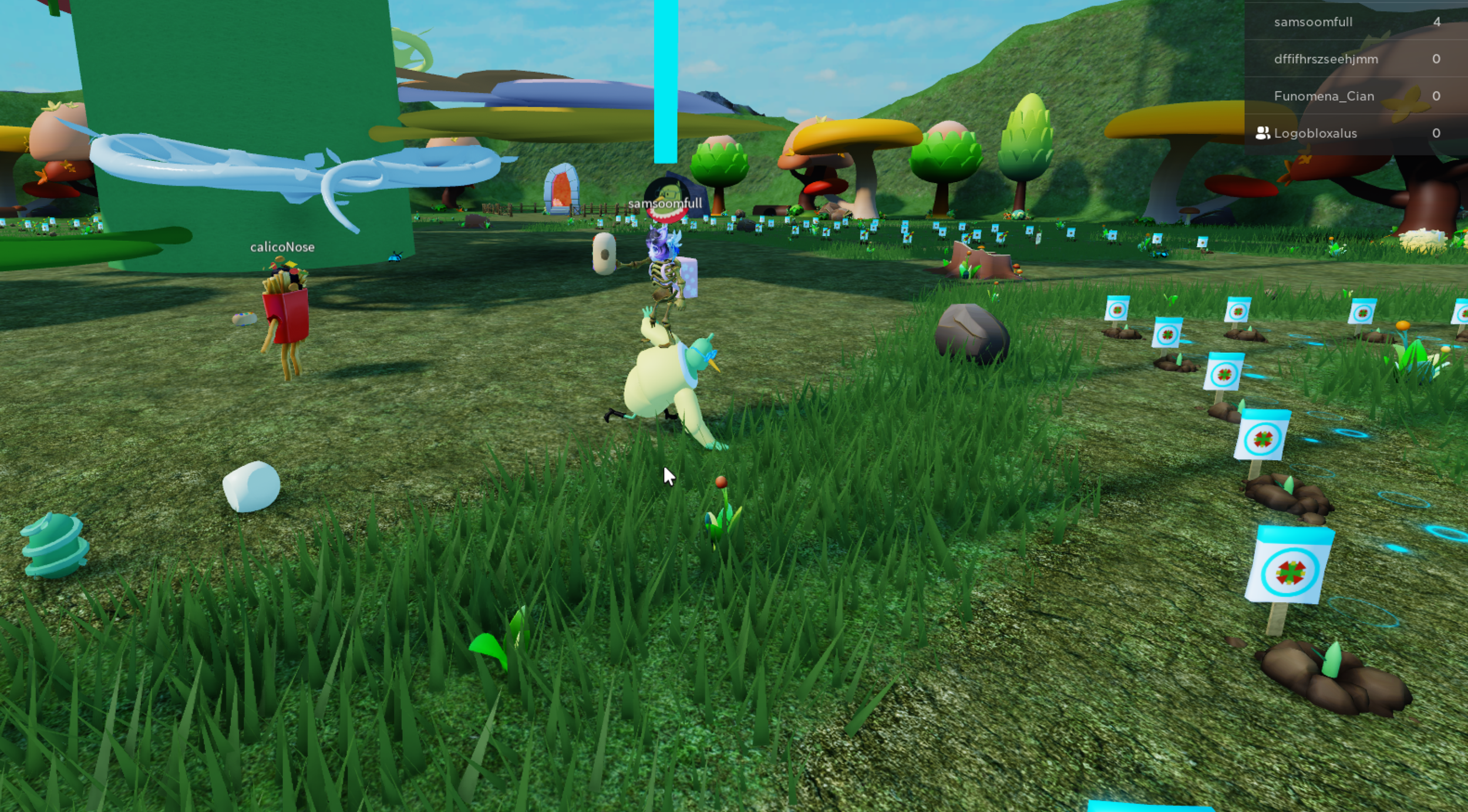
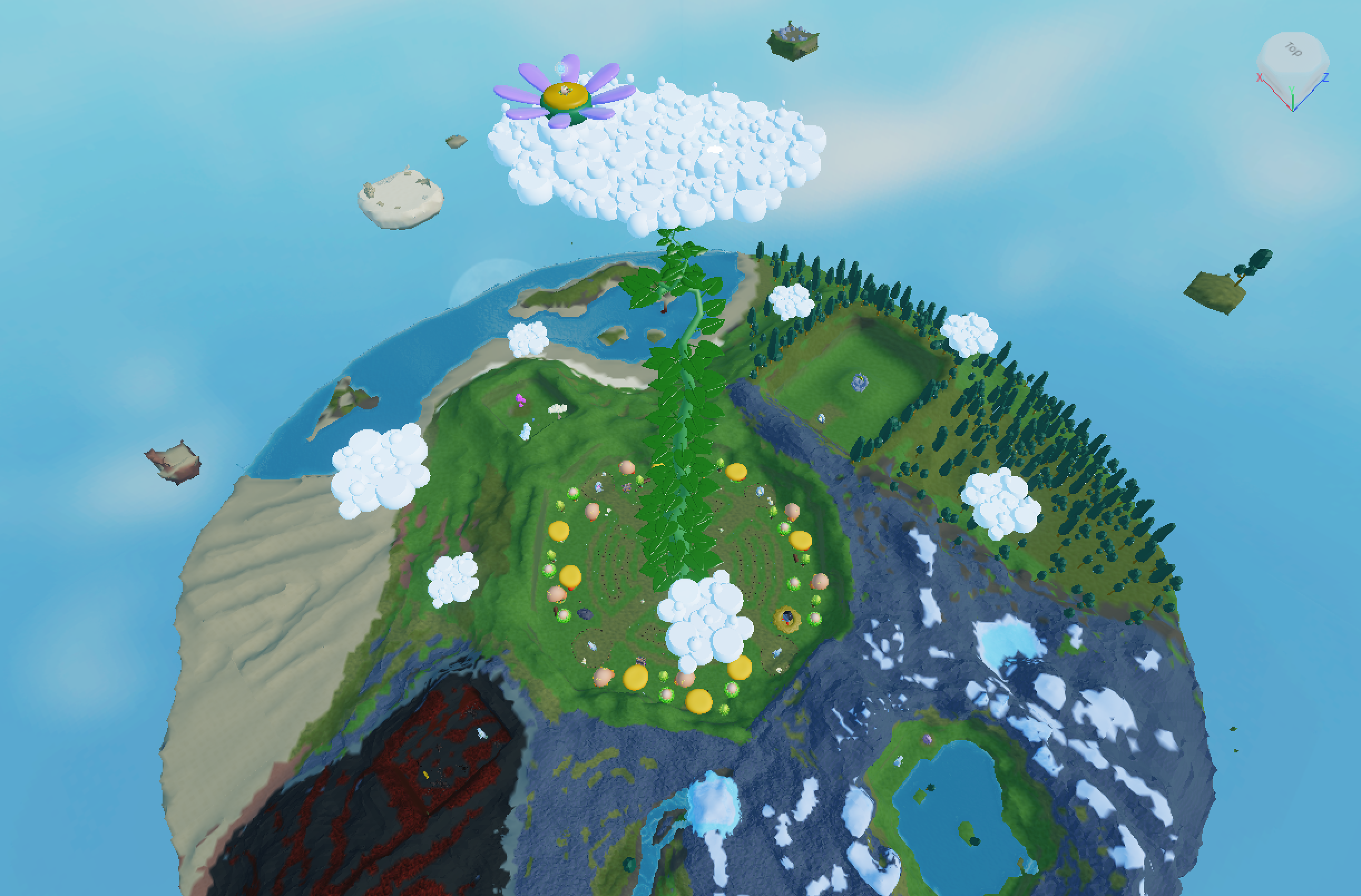
One of the strongest elements of Roblox to us is the built-in social MMO experience of the platform, and combining that with Funomena gameplay led us to develop a collaborative gathering and building game, a whimsical fairytale community garden in the sky.
In the world of Magic Beanstalk, players explore the environment, grow an obby-style beanstalk towering up to the clouds, and discover secrets through a variety of minigame activities.
We wanted to try combining light elements from many of Roblox’s most popular game genres to create a pleasant and engaging space for social hangouts and goofing around with your friends.
The core of our minigames and gameplay was rapid and hectic character mobility, adding a sprint, double (and triple) jumping, climbing, and flight during special gameplay events.
Our minigames were designed for collaborative social play but don’t exclude solo players. Players dash to collect bouncing magma balls, dive into a lake to find hidden pearls, roll up dropping fruit, or dance in sync to earn the game’s resource: seeds.
Our tutorialization process and info character (scarecrow) were designed as smooth, minimally obtrusive onboarding to accommodate learning readers. They teach players about planting seeds, growing the beanstalk, the characters that can help out, and where they can explore next!
One special character, Coco, was added for a unique role as a live-controlled community leader, a dev who leads guided play sessions with unique minigames and rewards. Coco helped encourage prosocial behavior during playtests and was an R&D study on importing custom player character rigs/models.
After gardening seeds to flowers, players can use these materials to craft “beans” that customize the leaves of the beanstalk. Beans change the color, aesthetic, and platforming functionality of the leaves. Players coordinate to make a unique jungle gym obby during each session.
Building this mechanic taught us about modular terrain editing, using welds to allow players to change a dynamic scaling structure.
This resource collection, conversion, and crafting loop was a useful testbed for designing social multiplayer game economies at scale. We aim to design any premium purchases for monetization as ability upgrades and resource boosts that ramp up the pace and excitement of the otherwise still engaging and fully-featured free-to-play gameplay. These purchases should also have shared multiplayer benefits, opportunities for generous players to benefit both other players on the server and the development of the game. While we only scratched the surface of craftable items, each was designed for combinatorial gameplay additions.
Magic Beanstalk also provided useful opportunities to work out our art pipelines in the Roblox engine. We started greyboxing with the inbuilt terrain and part systems, and moved up over time to importing custom models and level environments. We learned VFX, UI/UX, and animation workflows best suited to the platform.
Alongside those UI learnings, we introduced custom chat systems for Coco and the NPCs, and an asynchronous mail inbox system to give individual players updates and gameplay rewards.
During the development of the game, we partnered with Jonathan Geffen, a graduate student at KTH Royal Institute of Technology in Stockholm, studying methods of improving co-play between parents and children. He was provided access to develop alongside us in the project, modify our designs, and receive design feedback on prototypes relevant to the thesis. He ran playtests for his research using these modified minigames: one with asymmetrical roles for chicken wrangling, and another where players coordinate to paint together with large pixels on a dance floor. We learned a lot from Jonathan’s research and development, which align with our goals of creating games and experiences that help players better connect with themselves and each other!
Here are some excerpts from his thesis presentation:
Leaning the quirks of Roblox as a platform has been a super fulfilling process, and each playtest with the young people that love these experiences taught us so much about the future of the medium. We’ll be excited to share more about our work in Roblox and other social UGC-centered platforms quite soon!
If you’d like to try the Magic Beanstalk as we left it, it can be found here. Have fun and explore!





